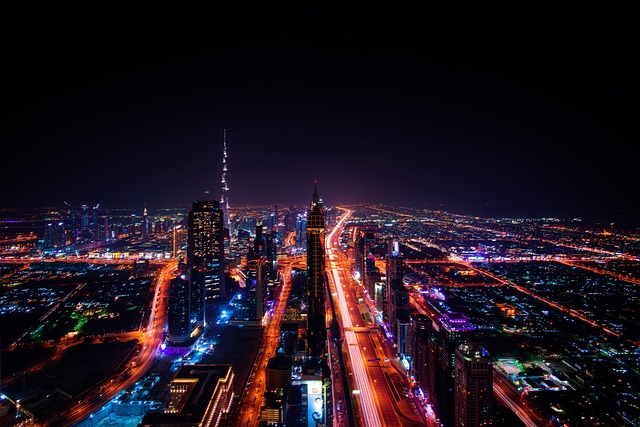In the bustling heart of the city, where towering skyscrapers reach for the sky and concrete reigns supreme, one might wonder if there is still room for nature to thrive. The answer lies in the transformative power of urban landscaping, an eco-friendly approach that not only beautifies our concrete jungles but also nurtures the environment. As urban dwellers, we have a unique opportunity to create green spaces that not only enhance our surroundings but also contribute to the well-being of our planet.
Urban landscaping is more than just planting flowers around the office building or lining sidewalks with trees; it is a conscious effort to integrate green spaces into our cities. By incorporating parks, green roofs, vertical gardens, and community gardens, we can bring a piece of nature back into our lives. These initiatives not only improve air quality but also provide a habitat for local wildlife, creating a thriving ecosystem amidst urban development.
One of the most significant benefits of eco-friendly urban landscaping is its positive impact on the environment. By choosing native plants and sustainable landscaping practices, we can reduce water usage and minimize the need for chemical fertilizers and pesticides. Native plants are adapted to local climates and conditions, making them easier to maintain and more beneficial for local wildlife. This approach not only beautifies our cities but reconnects us with the natural world, reminding us of the beauty that can flourish even amid concrete.
Imagine walking through a city park filled with colorfully blooming flowers, the sound of birds chirping, and the rustling of leaves in the gentle breeze. Such green havens provide us with a sanctuary to escape the hustle and bustle of urban life. They are places where we can unwind, recharge, and connect with nature, fostering mental well-being and community engagement. Through community gardening initiatives, neighbors can come together to cultivate fresh produce, share gardening tips, and nurture their own little piece of the earth.
Moreover, eco-friendly landscaping contributes to the fight against climate change. Green spaces play a crucial role in absorbing carbon dioxide, reducing urban heat islands, and improving energy efficiency in buildings. By incorporating green roofs and walls into urban design, cities can significantly lower their energy consumption and enhance their resilience against extreme weather events. Every plant, tree, and garden we create is a step towards a sustainable future.
As we move towards a greener urban landscape, we must embrace the idea that every small effort counts. Whether it’s planting a tree in your backyard, starting a community garden, or simply incorporating more greenery on your balcony, each contribution makes a difference. Together, we can cultivate a thriving ecosystem that not only beautifies our cities but also serves as a reminder of our responsibility to care for the planet.
In embracing eco-friendly urban landscaping, we have the power to transform our cities, making them more livable, beautiful, and sustainable for generations to come. Let us be stewards of nature in our concrete jungles, nurturing the environment and fostering a sense of community through the love of gardening and the green spaces we create.

